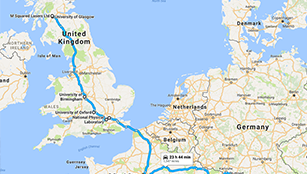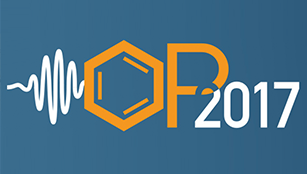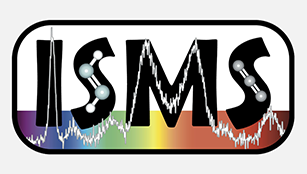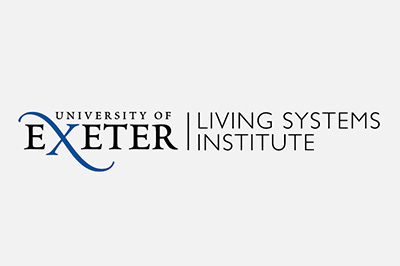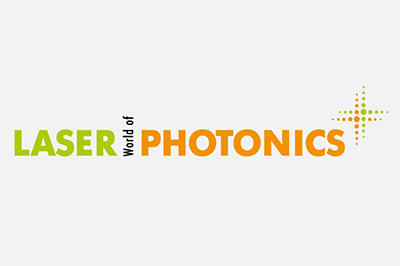Our innovation team has played a key role in new technology to measure the wavelength of light which represents a seismic shift in capability for scientists.
According to the latest findings published in the prestigious journal, Nature Communications, the wavemeter based on quantum sensing technologies can measure changes in light wavelength as small as one millionth the size of an atom.
The new level of precision, around 10 to 100 times better than current commercial devices, has the potential to increase the resolution of the ‘fingerprints’ created by biological and chemical samples, reducing inaccuracies in a range of areas of scientific study.
We collaborated with the University of St Andrews’ School of Physical Sciences and Astronomy to develop the lower-cost laser wavemeter technology, overcoming cost and resolution obstacles facing conventional techniques.
Professor Kishan Dholakia from the School of Physical Sciences and Astronomy at the University of St Andrews predicated that there could be ‘future commercial opportunities with quantum technologies and those in healthcare’.
Wavemeters are used in many areas of science to measure wavelengths of light. As atoms and molecules absorb light at different wavelengths, high-resolution wavemeters allow researchers to accurately identify biological and chemical samples.
Conventional wavemeters resolve changes in the interference pattern produced when waves interact – in other words when a peak or trough or one wave combines with a peak or trough in another. Our lasers have eliminated the need for assemblies of large numbers of high-precision optical components – the cheapest instruments cost hundreds or thousands of pounds.
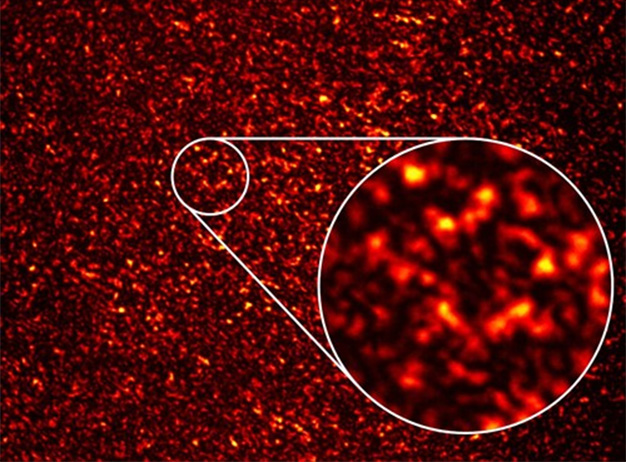
Professor Dholakia’s collaborator on the project, Dr Graham Bruce, explained how the wavemeter works: “If you take a laser pointer, and shine it through Sellotape or on a rough surface like a painted wall, on closer inspection of the illuminated surface you’ll see that the spot itself looks grainy or speckled, with bright and dark patches. This so-called ‘speckle pattern’ is a result of interference between the various parts of the beam which are reflected differently by the rough surface.
“This speckle pattern might seem of little use but in fact, the pattern is rich in information about the illuminating laser.
“The pattern produced by the laser through any such scattering medium is in fact very sensitive to a change in the laser’s parameters and this is what we’ve made use of.”
Professor Kishan Dholakia from the School of Physical and Astronomy said:
“This is an exciting team effort for what we believe is a major breakthrough in the field. It is a testament to strong UK industry–university co-operation and links to future commercial opportunities with quantum technologies and those in healthcare.”
Read the paper:
“Harnessing speckle for a sub-femtometre resolved broadband wavemeter and laser stabilisation” is published in Nature Communications DOI 10.1038/NCOMMS15610
Visit:
Research Portal (Visit the University of St Andrews Research Portal)
Authors of this study are:
Klaus Metzger, Roman Spesyvtsev and Michael Mazilu from University of St Andrews
Gareth Maker, Bill Miller and Graeme Malcolm from M Squared Lasers


